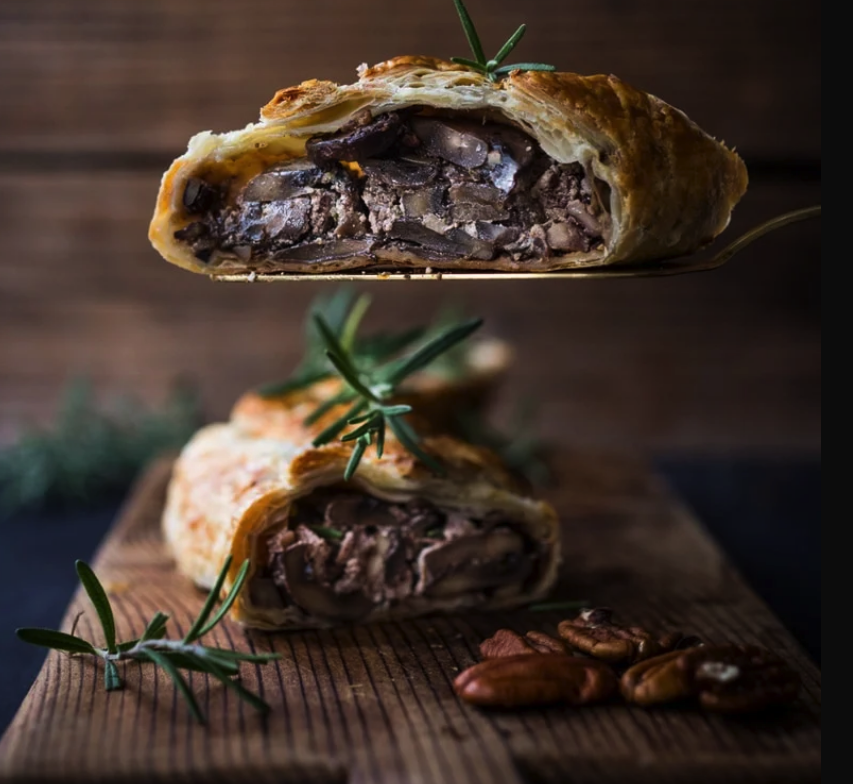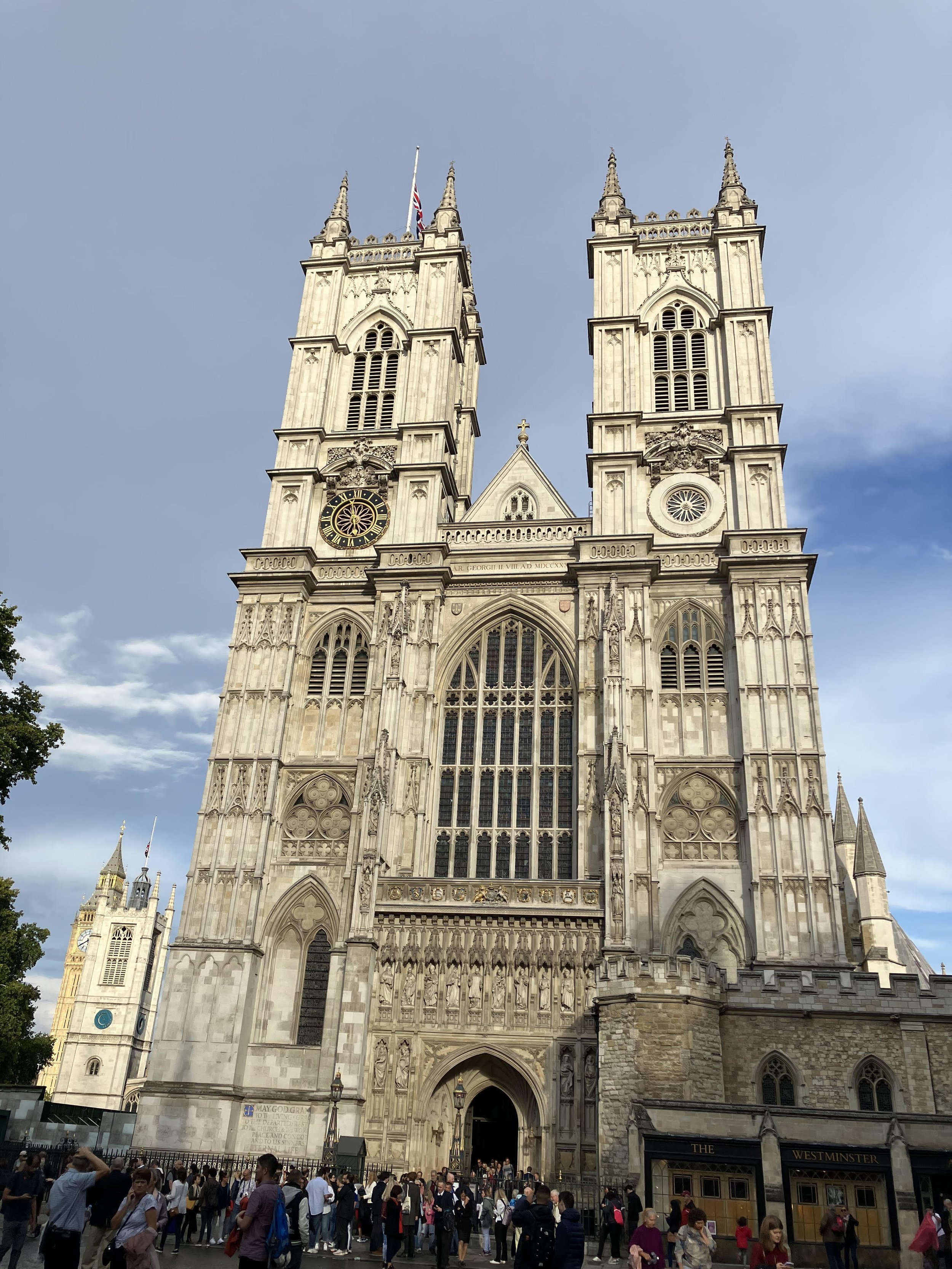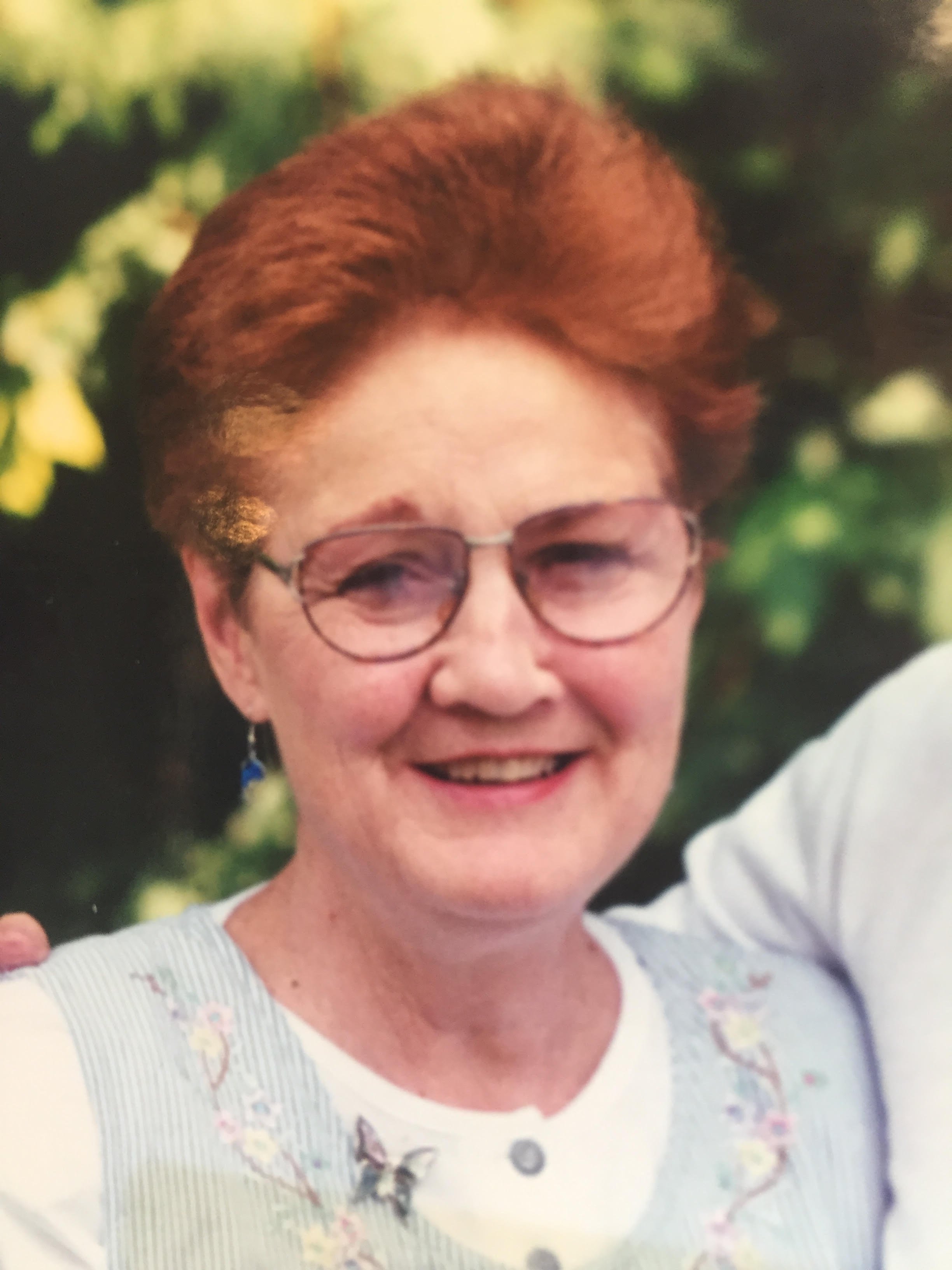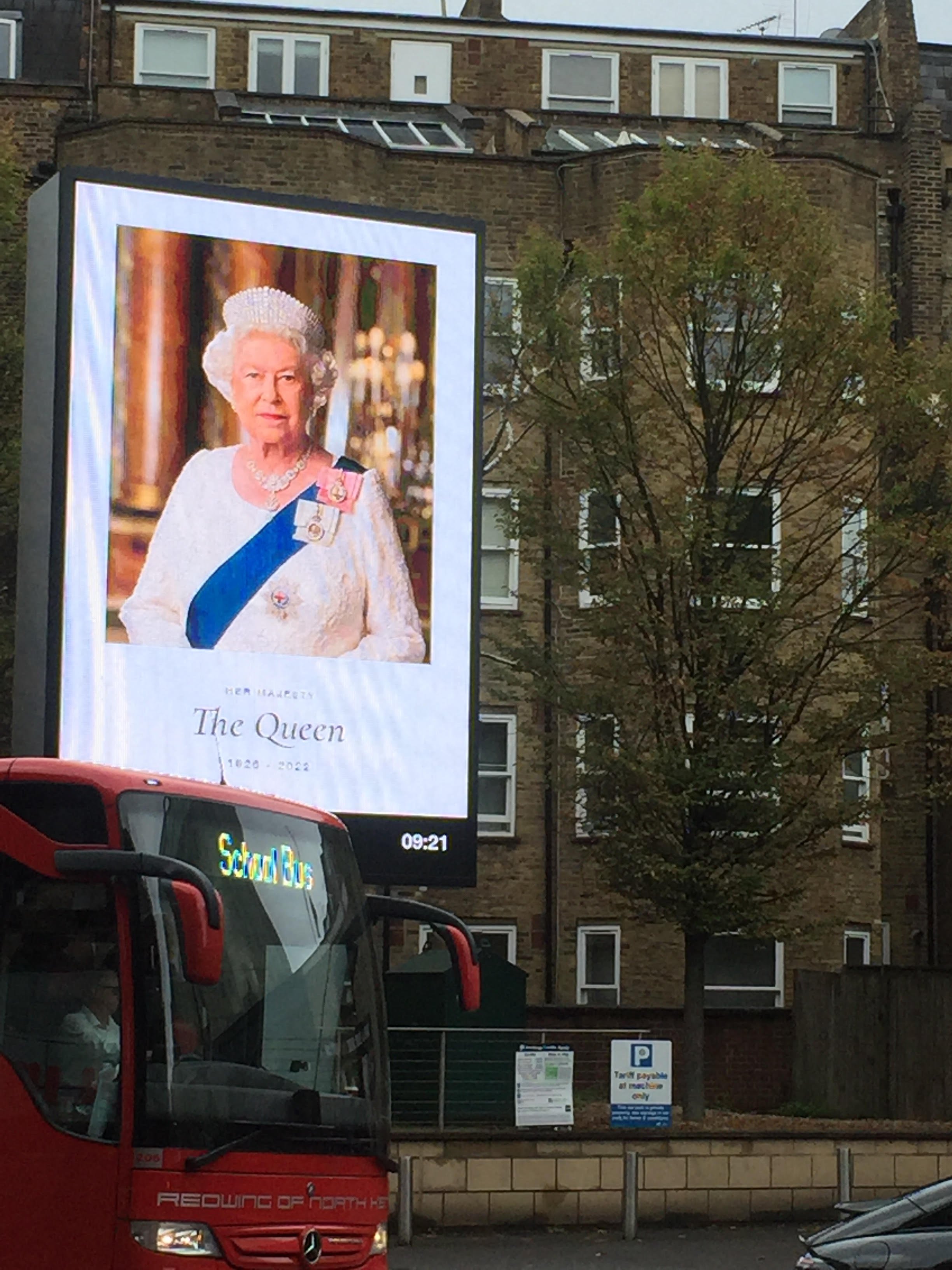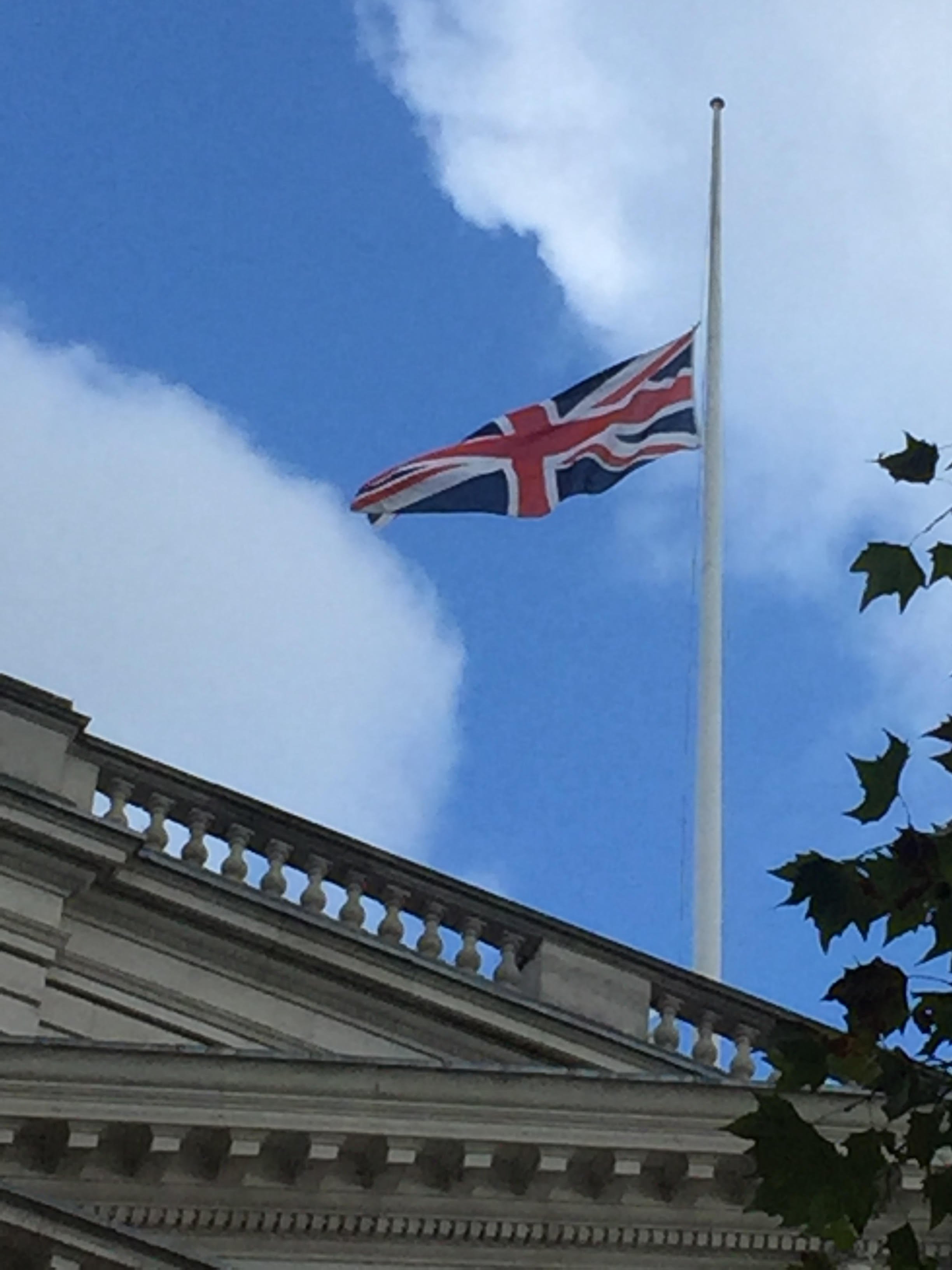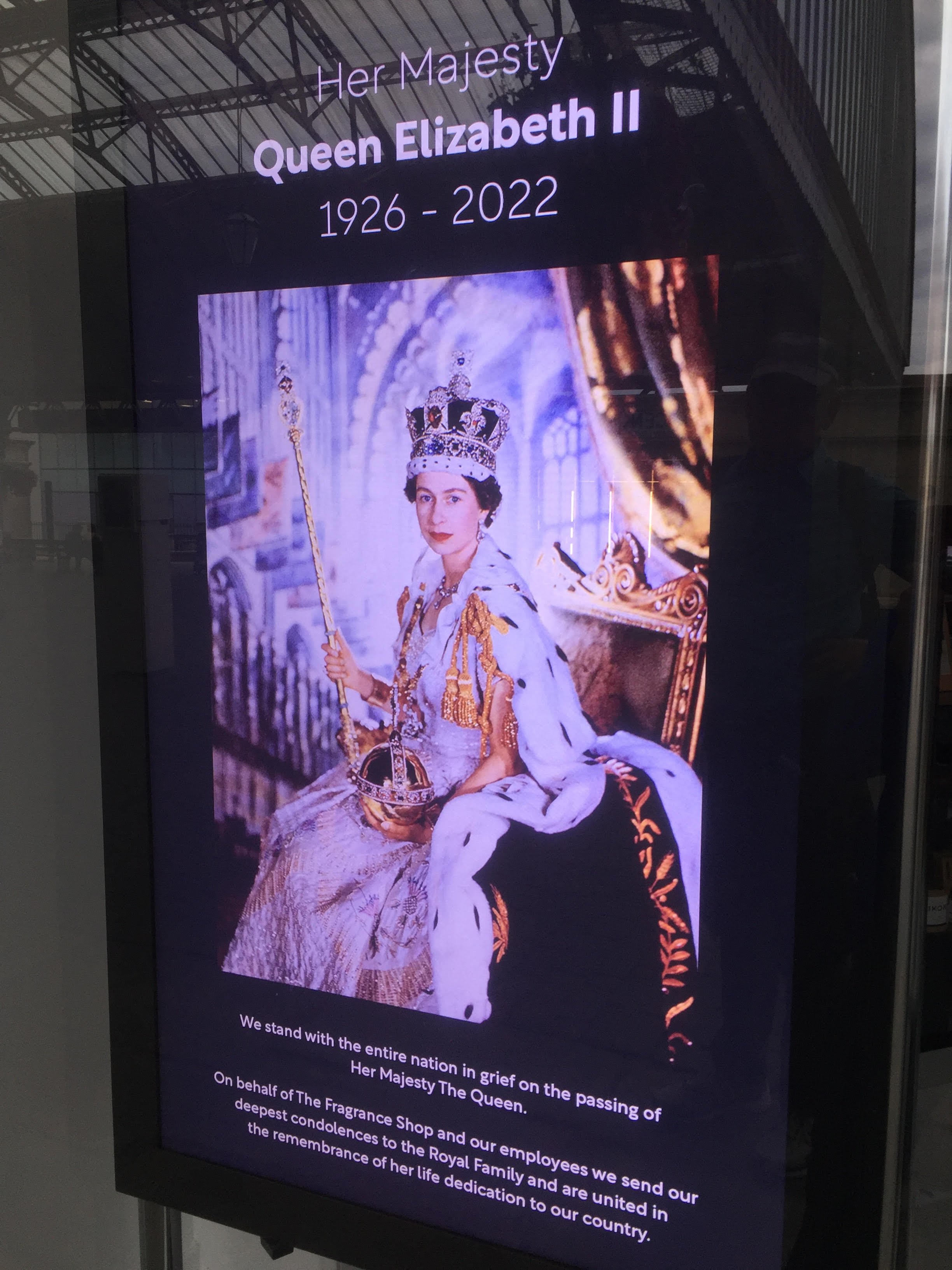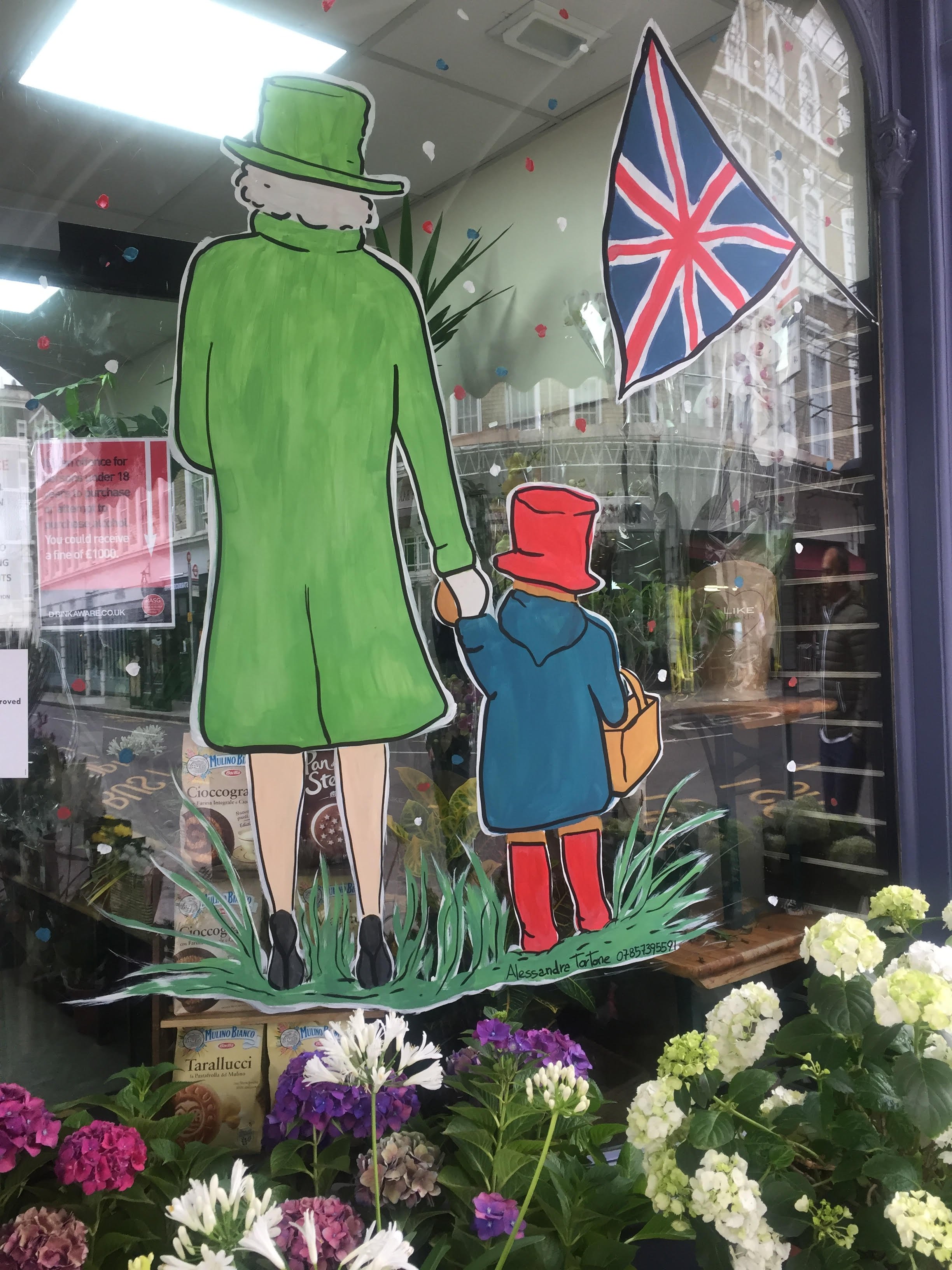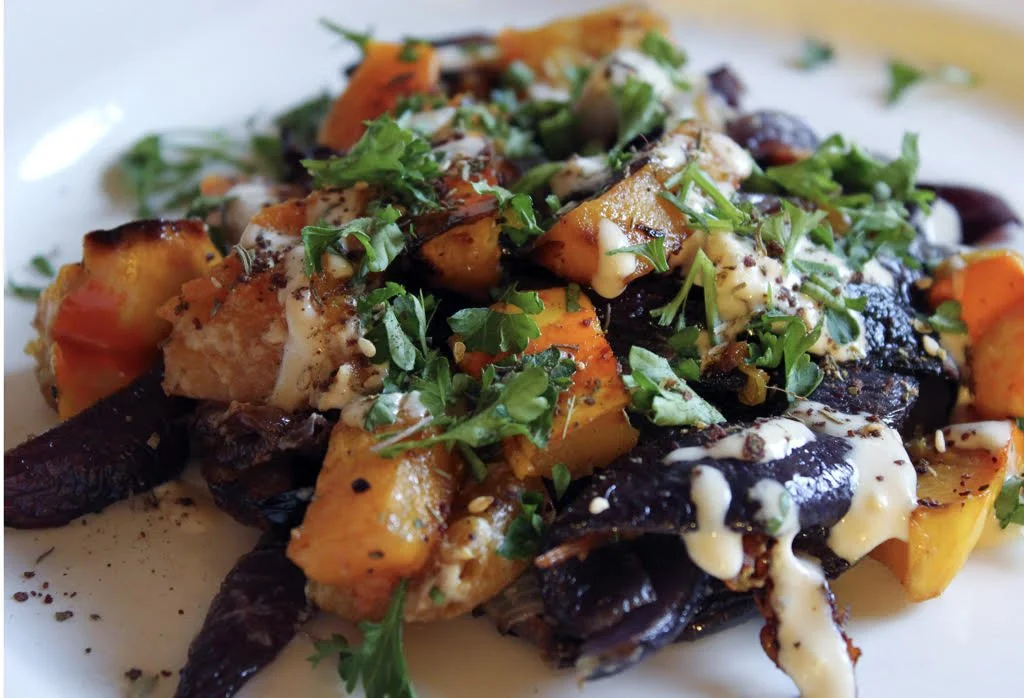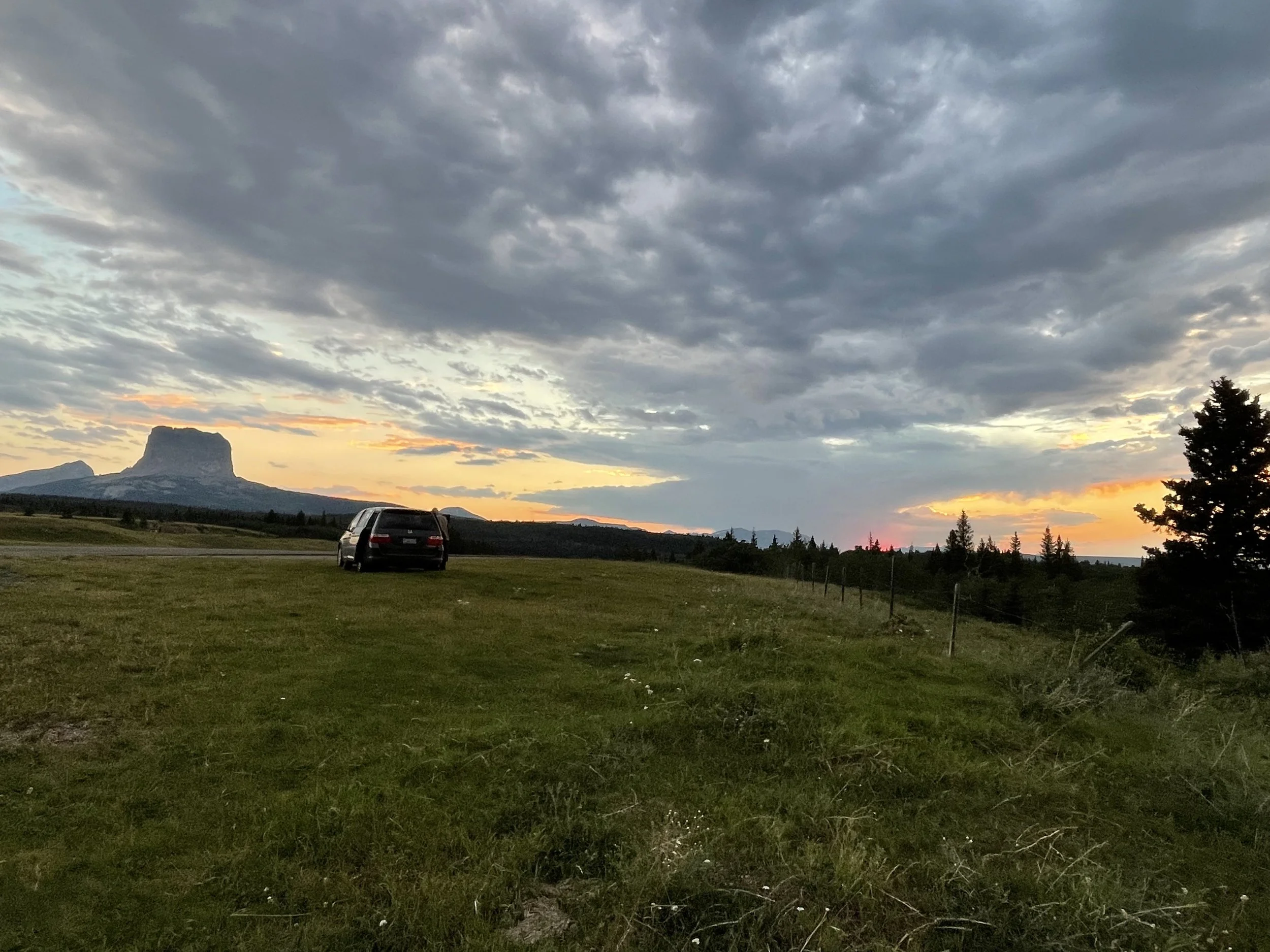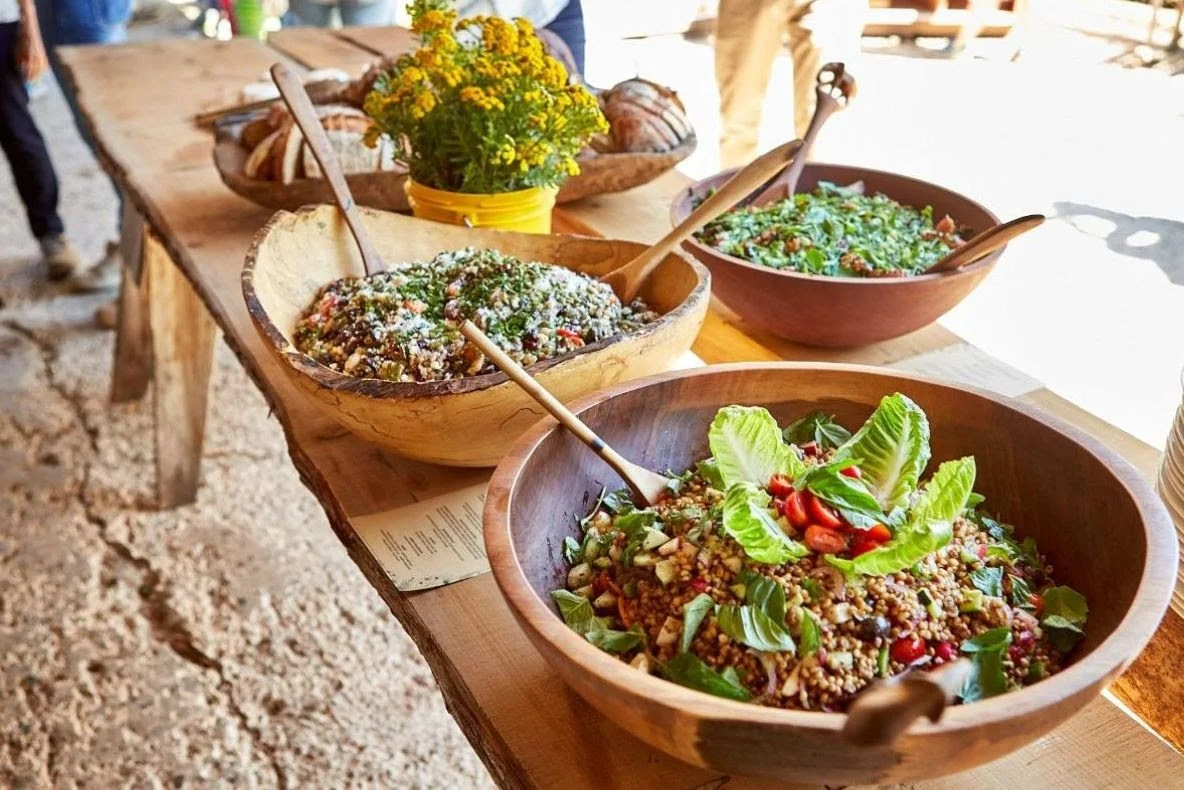Few Plans or Reservations
By Nancy Lemon
This summer my husband Blaine and I took an eight-week trip in our minivan, which he converted last year into a campervan. We took 8 ferries, one of which was a 16-hour trip. We traveled over 4000 miles: up to Prince Rupert in northern British Columbia close to Alaska, then east to the Canadian Rockies and the many national parks in Alberta, south to Montana, west through Idaho and Washington, then south to Oregon and Northern California.
We sometimes visited friends and family, including Blaine’s 100-year-old aunt in Missoula, Montana who is still living in her home with her 72 year old son, and a wedding reception for my cousin’s daughter and her new husband in Eugene, Oregon.
My cousins, siblings and I distributed our mother Adelle Lemon’s ashes on Mt. Rainier in an obscure spot, along with her sister’s ashes and the rest of our father’s. My brother David, who has participated in Native American spiritual practice for decades, prayed in Lakota, and my sister Mary read our mother’s favorite poem, e.e. cummings’ “I thank you god for most this amazing day.” Adelle and her sister and our father are now part of the mountain they loved so much.
While Blaine drove, I read PG Wodehouse novels to him, navigated using our atlases, maps, and phone apps, and looked for hot springs, campgrounds, and parks with picnic tables. We had very few reservations as we enjoy spontaneity; we always found a legal and safe place to camp. I also researched a lot of names and history as we went along, including learning about the local First Nations and Native American tribes.
My cousin Jan in British Columbia, who sometimes worships with us on Zoom, lives on Malcolm Island at the northern end of Vancouver Island in Sointula, a town founded by Finnish Utopian socialists in 1910. Jan is close to the local First Nations tribe, the Kwakwaka’wakw. She took us to a beautiful dance performance in Alert Bay, a nearby island, in the tribe’s Big House, where cedar logs burned while dancers of all ages welcomed us and shared this important part of their history and spiritual/medicinal practice. She also took us to the tribe’s cultural center, where we saw beautiful carved ceremonial masks and other objects, some of which had been stolen for years and put in white people’s museums and collections but are now being returned. We also saw several huge totem poles and spoke with one of the master carvers, a friend of Jan’s. The tribe and Jan asked us to stop buying farmed salmon as they said it is destroying the wild salmon stock on which they depend for food as well as spiritual sustenance.
The tribe and their white allies are mourning the deaths of the 215 First Nations children whose remains were recently found buried near some of the now-closed residential schools. On both of these small islands there were orange ribbons, and teddy bears wearing orange T shirts and First Nations regalia, commemorating this outrageous tragedy. Jan showed us where the local residential school had stood not far from the Big House before being torn down, with First Nations people crying, yelling, shaking, and throwing rocks at it.
Canada was very beautiful and rural, and it was reassuring to see plentiful water everywhere! We noticed that many of the Canadian National Parks included information and displays about the original inhabitants, a welcome change from the displays we had seen elsewhere which invariably started with the white explorers and settlers. Even so we noticed how many of the rivers, lakes, highways, mountains, etc. were named for white men rather than using the names the First Nations called them. It’s time to rename many places.
When we crossed back into Montana it was too late to get to a campground in Glacier National Park so we pulled over and camped in a deserted spot on the Blackfoot Reservation, dispersed camping. We were close to Chief Mountain, a mesa-like prominent rock. As we were about to eat dinner on our small camp table, suddenly the wind came up and a thunderstorm broke, with lightning and rain. While sitting in our car, I drew a picture of the mountain. I could tell by its presence that it was an important spiritual and historical site.
The next evening while we were camped inside the Park at Two Medicine Lake, the ranger invited us to a campfire talk by a Blackfoot elder named John. This is part of a 40-year old program at Glacier National Park called Native America Speaks. It should be in every US National Park!
After praying in the Blackfoot language John explained its meaning. He spoke about his journey coming back to the reservation to heal from years of drugs and alcohol and feelings of worthlessness, of not belonging in the world. He is healing through embracing his heritage and spiritual practice. The Blackfeet have been on their land, which includes the Park and a lot of southern Alberta, for 14,000 years! After the talk, I asked him about the significance of Chief Mountain and he said he had just been there for a four-day vision quest. I knew from David that this involves fasting from food and water, sitting in one place, and waiting to receive a spiritual vision.
In Idaho, we visited an Indigenous colleague of mine who has worked for decades running an Indian DV agency near Yosemite and educating many people about the issues facing Native survivors of abuse. She’s now retired though still assisting and consulting in the movement.
When we got to eastern Washington we had internet access via our phones, so I looked up the Kalispell tribe, as I could see from the atlas that we were approaching their reservation. It turned out they were hosting a 4-day Pow Wow, the first since COVID, and everyone was welcome. As we arrived, the security team asked to look inside our cooler to make sure we had no alcohol (we didn’t), as alcohol, drugs, and firearms are prohibited at the Pow Wow. We asked if there was an entrance fee and they looked surprised, explaining it is free. Blaine and I had planned to drop in briefly but ended up staying overnight, camping with hundreds of First Nations and Native American people on the reservation. It was quiet and grassy and mellow and had the cleanest Porta Potties we saw on the entire trip.
The evening’s celebration at the Pow Wow inside the large round covered arena was very moving. There were drummers sitting and chanting in groups of six people around a large drum, and a drumming competition between the groups. There was an announcer with an excellent PA system. There were many benches to sit on and people selling traditional beef jerky, smoked salmon, and other food. And there were hundreds of dancers filing in and forming a huge spiral in the center, dressed in beautiful regalia.
At the cultural center in Alert Bay we had learned that for many decades it was illegal to have a Pow Wow, and children in Indian schools were beaten for speaking their languages. But here on the Kalispell Reservation, at this gathering, everyone was bursting with energy and joy and pride. I made a video of this processional while I cried for joy that in spite of genocide, in spite of overwhelming pressure to give up their languages and cultures, in spite of high rates of poverty and domestic violence and COVID, these First Nations and Native Americans from many tribes were united and thriving. And that we were truly welcome.
When the Golden Age women (those over 60 like me) had their time to dance, they moved like queens, stately and dignified, and the whole audience rose to honor them. This was a major contradiction to the way that older women are often treated in white society, dismissed and seen as unimportant.
The next morning I followed the sound of a flute and struck up a conversation with an Apache man named Geronimo. He was playing a Japanese Shakahachi flute made of resin rather than bamboo, which makes it much easier to take on travels without damaging it. He graciously and eagerly answered Blaine’s and my questions about many things we had seen and wondered about -- totem poles are commemorating important historic events, the Thunderbird signifies a major treaty or agreement, differences between Southwest and Northern Indigenous practices, etc. Geronimo explained that the upcoming canoe event on the river next to the Pow Wow grounds was not about speed but about skill in making the boats and paddling as a team skillfully and silently. He encouraged us to stay for the rest of the Pow Wow but we were ready to move on.
A few days later at a commercial hot spring we soaked in near the Columbia River, I struck up a conversation with a Native Yakima woman. My mother had volunteered each summer with the Yakima tribe though I don’t know what she did there. It turned out this woman had been at the Kalispell Pow Wow and was also moved by the opening processional dance. She asked if we had stayed for the beef feast, though we had not. She said that at this meal, the hosts feed everyone for free. I was impressed by the generosity of this practice.
While of course we had many wonderful experiences during the trip -- swimming in mountain lakes, hiking, seeing glaciers, making popcorn over the campfire, etc. -- this account is focusing on the aspects of our trip that dealt with Indigenous people, as those were particularly significant for me.



